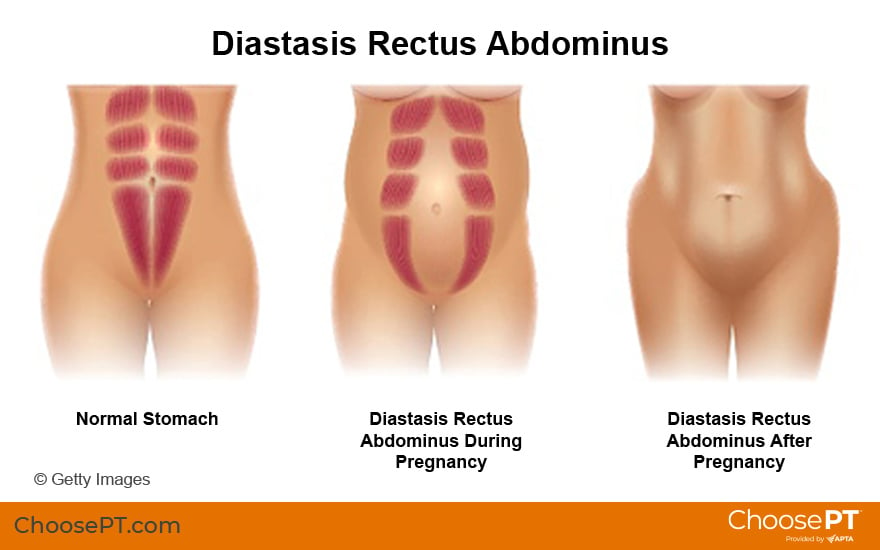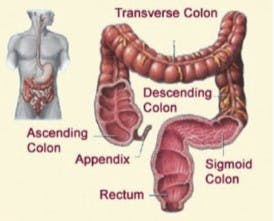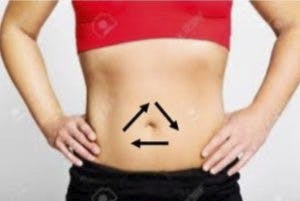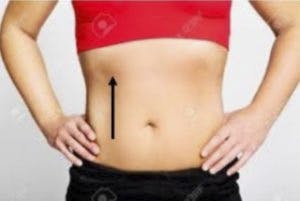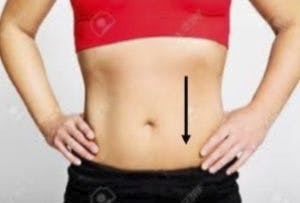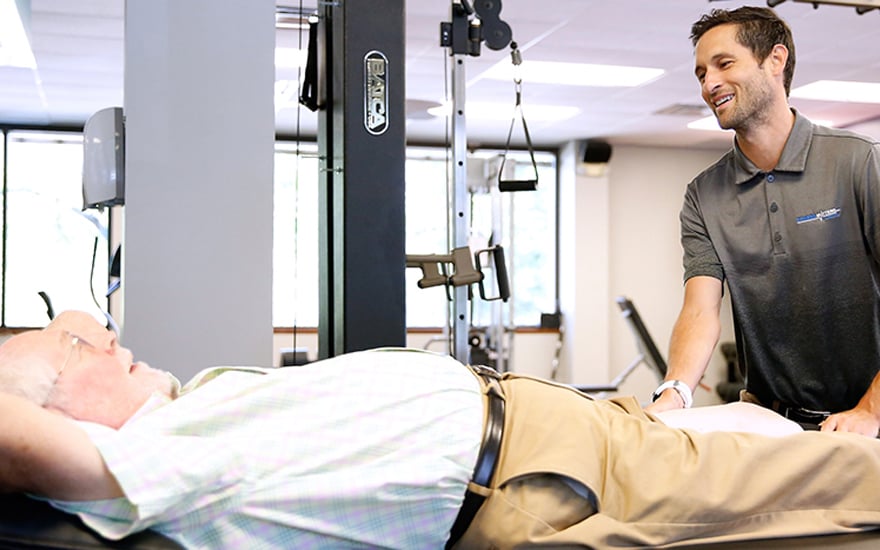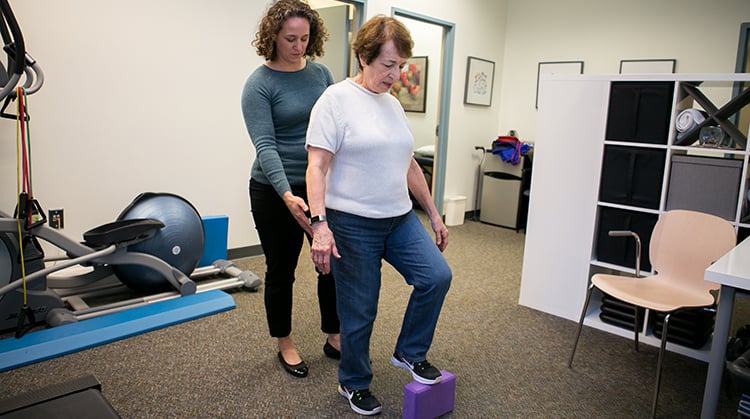Like most people, you have probably heard that muscle strength, absent some weightlifting, starts to decline in middle age. And you probably expect things like your balance, coordination and flexibility to naturally take a bit of a downturn …. someday. But new research from Duke University shows that these fitness-related changes begin much earlier than many people expect — often when they’re still in their 50s.
To assess age-related changes in people’s fitness abilities, researchers at Duke’s Center for the Study of Aging and Human Development had 775 participants from their 30s to their 90s perform tests designed to measure things like strength, endurance, balance and walking speed.
At all ages, the men generally performed better than the women, but the age at which physical declines became truly apparent was consistent for both genders — the 50s. That’s when both sexes began to have trouble rising from and sitting in a chair repeatedly for 30 seconds (an indicator of declines in lower body strength) or standing on one leg for up to 60 seconds (a measure of balance).
Additionally, people in their 60s and 70s showed a marked slowing of gait speed (based on distance covered per second of a four-meter walk) and a drop in aerobic endurance (based on a six-minute walk test). By contrast, those in their 80s and 90s had dramatic declines in their balance, gait speed, lower body strength and aerobic endurance.
“People were very surprised by these changes because most of these tests aren’t typically done if you go to the doctor,” says study coauthor Katherine Hall, an assistant professor in medicine at Duke University School of Medicine’s Division of Geriatrics. “Some of this is inevitable — our bodies are machines, and if you put 60 or 70 years of wear on any machine, it’s going to show some decline.” Even so, the rate or severity of these declines varies significantly from one person to another based on how active — or sedentary — you are.
The benefits of banking fitness
“What’s really happening is many of these changes start to occur earlier in life but don’t manifest themselves and become problematic until later in age,” explains Cedric X. Bryant, chief science officer at the American Council on Exercise. There’s also a domino effect involved: Declines in muscle strength and bone mass start to occur in the 30s, he notes, and “losses of lower body strength and balance will eventually impact walking speed.”
It’s a mistake to wait until these declines in physical fitness set in. After all, these fitness factors affect not only your general level of functionality but also your overall health: In a practical sense, your gait speed, for example, may determine whether you can cross the street safely before the light turns red. But it’s more than that, too. “Gait speed is now being called the sixth vital sign,” Hall says. “It’s the strongest predictor of hospitalizations, as well as a person’s risk for developing chronic diseases, disabilities and cognitive decline.”
That’s why it’s smart to look at building and maintaining physical fitness in a way that’s similar to how you might amass savings for retirement. “You get the greatest returns on your investment the earlier you start,” Bryant says. “But the beauty is: It’s never too late to start. All these systems respond to the right dose of stress in the form of physical activity and exercise.”
Participating in regular physical activity can modify all of these age-related declines in muscle strength, balance, mobility, agility and endurance considerably. “As much as 50 percent of these age-related deficits can be attributed to our lifestyles,” Bryant says. That means you have the power to profoundly influence how or whether these fitness parameters change as you get older.
The power of a plan
To minimize or delay such declines, you’ll want to follow a well-rounded exercise program that targets endurance, strength, balance, and agility. In every decade, it’s important to start with aerobic exercise — whether it’s walking briskly, jogging, bicycling, swimming, dancing, using a cardio machine (like an elliptical trainer) — several times per week, for at least 150 minutes of moderate-intensity per week. (A good gauge of what’s moderate intensity, Bryant says, is being able to talk, but not sing, while you’re working out.)
Staying aerobically active is especially important, as you get older, because “losses in cardiovascular fitness occur more rapidly than losses in muscle strength,” notes Fabio Comana, a faculty instructor at the National Academy of Sports Medicine.
Beyond that aerobic baseline, here’s what to add in by age.
In your 50s
If you haven’t already, it’s critical to work on building and maintaining muscle strength, especially in your lower body because “you lose muscle strength faster in your lower extremities than in your upper body,” Comana says. Whether you choose to use your own bodyweight (by doing squats, lunges, pushups or triceps dips), weights or resistance bands is up to you. But it’s best to target all the major muscle groups including the glute muscles (in the buttocks), the quadriceps and hamstrings (in the thighs) and the calf muscles.
If you can do a whole-body strength-training regimen that also addresses the pectoral muscles (in the chest), the latissimus dorsi (in the back), the deltoid muscles (in the shoulders) and the biceps and triceps (in the upper arms), that’s even better, Bryant says. “Start with one set of eight to 15 repetitions and work up to two to three sets, twice a week.” Add plank exercises to build and maintain core strength and you will have covered all your bases.
In your 60s and 70s
Make an effort to walk more often and to vary your pace so that you’re alternating between bouts of faster walking and a more comfortable pace, Hall advises. You can work on protecting your balance by trying to stand on one foot for up to 60 seconds with your eyes open, sitting in a chair and lifting one foot from the floor with your eyes closed, or continuously going from a seated to a standing position without using your hands, Comana suggests, noting that these balance exercises can be “somewhat remedial.” To take extra precautions to protect your balance, you might try a mind-body form of exercise such as yoga, Pilates, or tai chi, which would “provide agility, mobility, flexibility and some muscular fitness benefits as well,” Bryant says.
In your 80s and beyond
As far as cardiovascular activities go, “find something you enjoy that provides social engagement and makes you feel energized,” Hall advises. This could involve taking a water aerobics class with friends or joining a walking group. An added perk: “Cardiorespiratory exercise is one of the best deterrents to developing cognitive decline,” Hall says. Continue working on your balance by alternately standing on one leg then the other with one hand on a counter to steady yourself and the other by your side. Or try standing with one foot behind the other, with the heel of the front foot against the toes of the back foot (maintain your balance for 10 seconds then switch placement of the feet). “Be sure to wear supportive shoes,” Hall says. If you find yourself really struggling with balance, consider working with a trainer in a supervised setting.
And don’t give up. As the Duke study found, “There are people in their 80s who are doing better than some people in their 60s are,” Hall says. “The body is a malleable machine that responds well to challenges, which means there’s a lot of room for being an active agent in your own health.”
source: https://www.aarp.org/health/healthy-living/info-2018/banking-fitness-any-age.html

